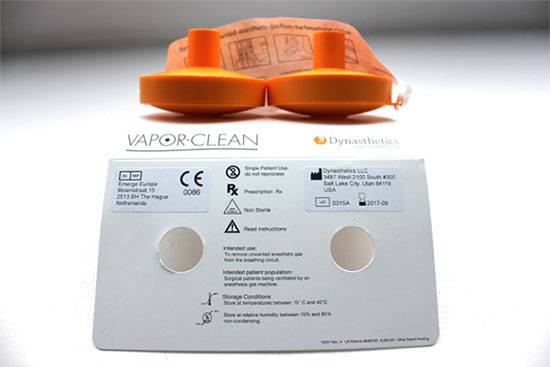
Table 2 shows the clinical and procedural characteristics of the patients.

The steps for ULPCI using IVUS co-registration technique are illustrated in Table 1 and Figure 1. Procedures were performed in bi-plane labs (however, also possible in single-plane labs). Ultra-low contrast percutaneous coronary intervention was undertaken only after careful consideration and planning. The timeline for the procedure is detailed below. All cases were discussed at the heart team and considered unsuitable for coronary artery bypass graft surgery. All patients had diagnostic angiography performed as a separate procedure at an earlier time. This report included five patients with severe LM disease and stage IV chronic kidney disease (CKD) who presented with stable angina or non-ST segment elevation acute coronary syndrome (NSTEACS).
#Guideliner radioopaque marker series#
6 We report a case series of complex LM ULPCI in a high-risk patient group using IVUS co-registration. 4, 5 However, complex left main (LM) ULPCI with a double kissing (DK) crush strategy guided by IVUS co-registration (Syncvision ®, Philips, Eindhoven, Netherlands) has not been reported. 2, 3 The technique of ultra-low contrast PCI (ULPCI) has been described. 1 Intravascular ultrasound (IVUS)-guided percutaneous coronary intervention (PCI) can reduce contrast volume, and hence CIN risk.

Intravascular ultrasound, Chronic kidney disease, Left main, Bifurcation, Percutaneous coronary intervention, Case report IntroductionĬontrast-induced nephropathy (CIN) is associated with increased morbidity and mortality.


 0 kommentar(er)
0 kommentar(er)
